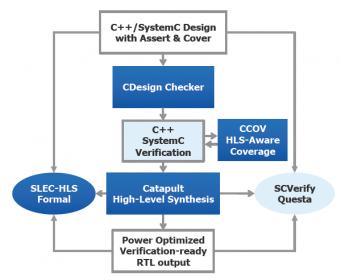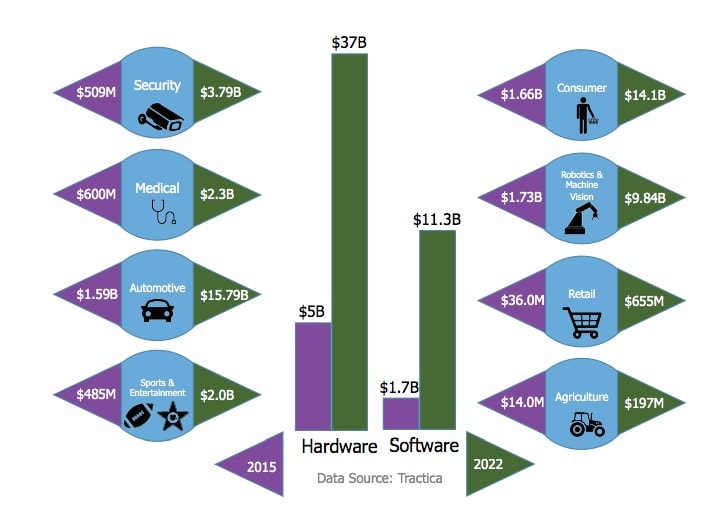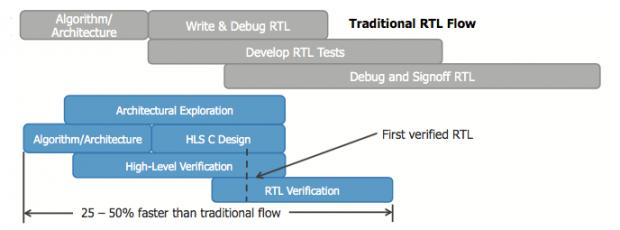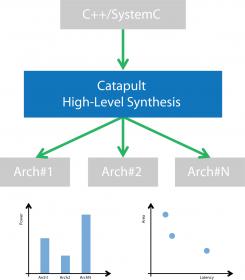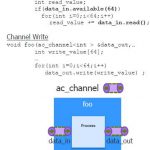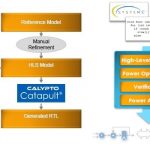In a recent whitepaper Gagandeep Singh, Director of Engineering at Mentor, a Siemens Business outlines a flow using Catapult Design Checker that helps in early detection of coding errors as many companies are turning to High-Level Synthesis (HLS) methodology. This requires that high -level C++ models are correct, that ambiguities… Read More
Tag: hls
Computer Vision and High-Level Synthesis
Computer vision as a research topic has been around since the 1960’s and we are enjoying the benefits of this work in modern-day products all around us as robots with computer vision are performing an increasing number of tasks, even our farmers are using computer vision systems to become more productive:
- AgEagle® has a drone
HLS Rising
No-one could accuse Badru Agarwala, GM of the Mentor/Siemens Calypto Division, of being tentative about high-level synthesis. (HLS). Then again, he and a few others around the industry have been selling this story for quite a while, apparently to a small and not always attentive audience. But times seem to be changing. I’ve written… Read More
High-Level Design for Automotive Applications
Automotive markets have added pressure on semiconductor/systems design through demand for ISO26262 compliance – this we all know. But they have also changed the mix of important design types. Once class of design that has become very significant in ADAS, and ultimately autonomous applications, is image signal processing (ISP).… Read More
High Level Synthesis Update
High-level synthesis (HLS) involves the generation of an RTL hardware model from a C/C++/SystemC description. The C code is typically referred to as abehavioraloralgorithmicmodel. The C language constructs and semantics available to architects enable efficient and concise coding – the code itself is smaller, easier to write/read,… Read More
Leveraging HLS/HLV Flow for ASIC Design Productivity
Imagine how semiconductor design sizes leapt higher with automation in digital design, which started from standard hardware languages like Verilog and VHDL; analog design automation is still catching up. However, it was not without a significant effort put in moving designers from entering schematics to writing RTL, which… Read More
HLS with ARM and FPGA Technologies Boosts SoC Performance
The way SoC size and complexity are increasing; new ways of development and verification are also evolving with innovative automated tools and environment for SoC development and optimization. IP based SoC development methodology has proved to be the most efficient for large SoCs. This needs collaboration among multiple players… Read More
Xilinx is a Software Company
If you think of Xilinx the word that immediately comes to mind is FPGA. After all they were one of the pioneers of the space. FPGAs are a means of implementing hardware, and the main implementation methodology is RTL-based. This compares to writing software and compiling it for a microprocessor, which is the main software implementation… Read More
A New Unified Power Solution at All Levels
When situation demands, multiple solutions appear with a slight lag of time. Similar is the story with estimating and optimizing power at SoC level. In the SoC era, power has become a critical criterion long ago, and there are tools available for power analysis and optimization. However, with more mobile and IoT (Internet of Things)… Read More
Designing an IDCT for H.265 using High Level Synthesis
Math geeks know all about Inverse Discrete Cosine Transforms (IDCT) and a popular use is in the hardware architecture of High Efficiency Video Coding (HEVC), also known as H.265, the new video compression standard and widely used in consumer and industrial video devices. You could go about hand-coding RTL to create an IDCT function,… Read More


